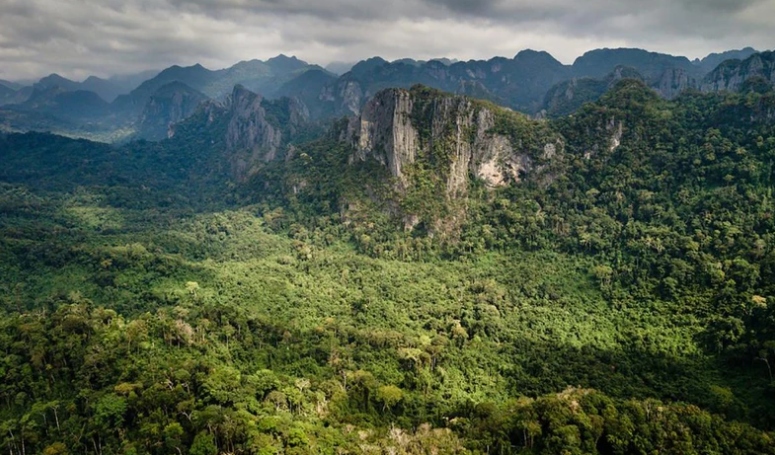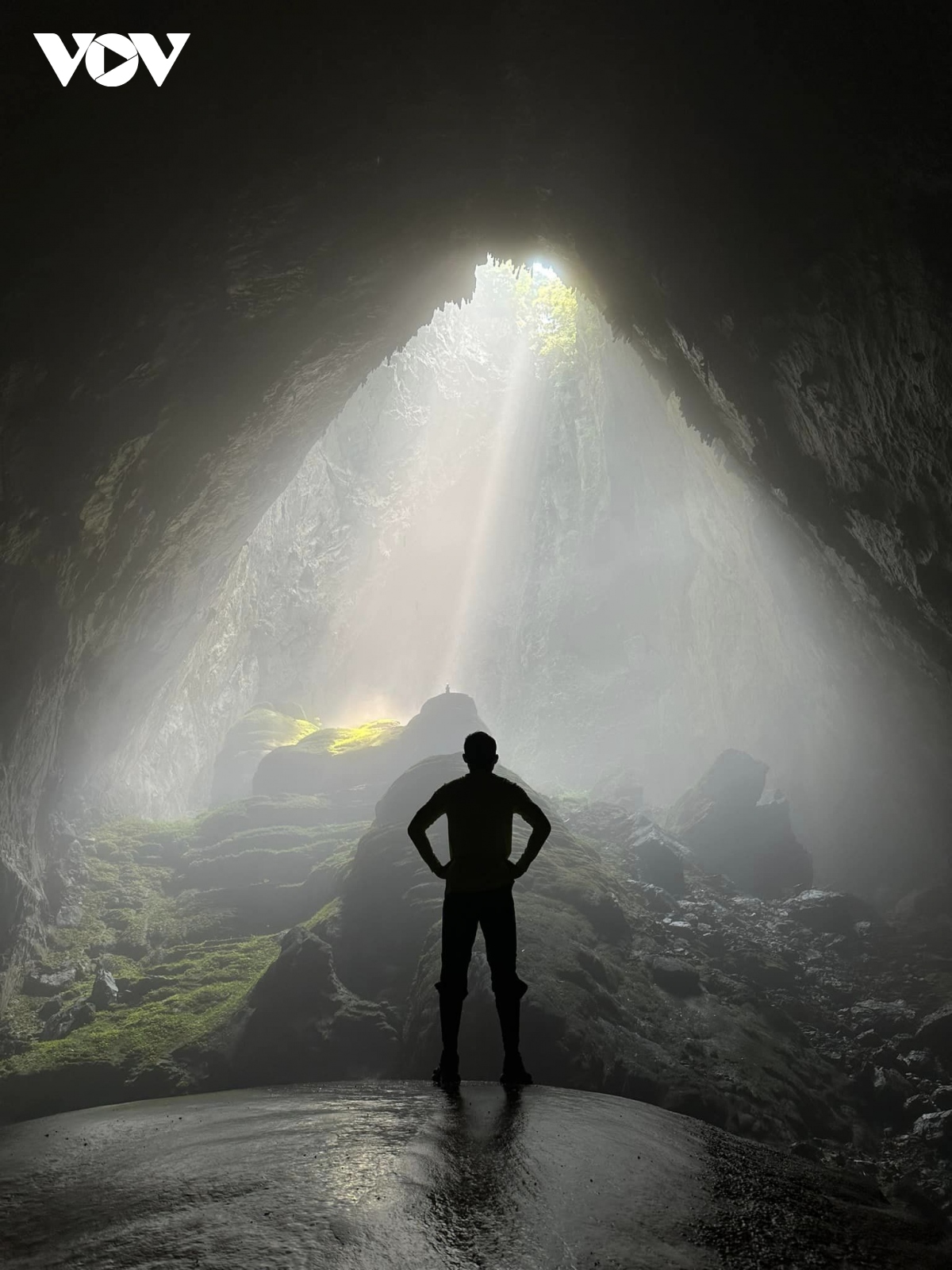Authorities of Khammouane province of Laos and Quang Binh province of Vietnam said on July 3 that they are preparing a dossier for UNESCO recognition of Hin Namno National Park (Laos) and Phong Nha - Ke Bang National Park (Vietnam) as a transboundary World Heritage Site.

Hin Namno National Park (Photo: hinnamno.org)
Leaders of both localities earlier held a meeting to review cooperation and sign a number of cooperation documents, including one to preserve the value of Phong Nha - Ke Bang National Park and Hin Namno National Park.
Hin Namno National Biodiversity Conservation Area is situated about 150km from Thakhek town in the southern part of Laos.
Covering an area of 82,000ha, it is home to over 40 mammal species, over 200 bird species, 25 bat species, 46 species of amphibians and reptiles, over 100 fish species, and more than 520 plant species.
The area also boasts plenty of natural tourism potential with a system of beautiful limestone caves, including Nangen, King, Heaven, Konglor, and Xebangpha caves.
Hin Namno Nature Reserve is contiguous with the Phong Nha - Ke Bang National Park.


Son Doong, located in the heart of Phong Nha - Ke Bang National Park, is a UNESCO World Heritage Site.
Meanwhile, the Phong Nha - Ke Bang National Park has twice been honoured as a World Natural Heritage site, thanks to its unique geomorphology and global tourism value, as well as Vietnam’s countless efforts to increase awareness in the process of international integration.
The National Park serves as a model of “Ecosystem and Biodiversity” with a unique population not found anywhere else on the planet, along with an evergreen tropical forest with a 500-year-old cypress species.
Phong Nha - Ke Bang National Park has three forms of tourism, including self-exploration, joint venture businesses, and leasing of forest environment services.
Currently, the World Natural Heritage site has 15 different routes available on a tour, including various combinations of nature exploration, caves, camping, walking, and zip line areas.
It is said that UNESCO supports the establishment of a transboundary World Heritage site between the two national parks, the first of its kind in Southeast Asia.